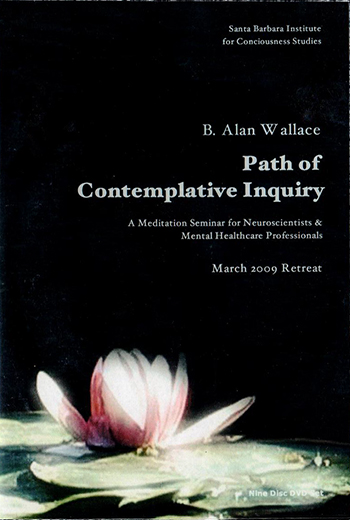During this week-long retreat, Alan Wallace teaches insight meditation drawn from the Dzogchen tradition of Tibetan Buddhism which probes the nature of the mind. He discusses the relation between lucid dreaming and dream yoga, including areas of complementarity and divergence. In addition, throughout the week, retreatants are taught how to engage in the daytime and nighttime practices of dream yoga. Guided meditations and groups discussions are included as well as teaching by Alan Wallace.
Modern scientific research into lucid dreaming draws a sharp distinction between the waking state and dreaming, and it has developed practical methods for inducing lucidity, namely, recognizing that we are dreaming while we are dreaming.
The common theories and practices of lucid dreaming do not deeply challenge our conventional assumptions regarding the nature of waking reality, but rather help us to become more mindfully engaged with daytime experience, and can be remarkably effective in helping us to start having lucid dreams. These practices include keeping a dream journal, recognizing recurrent “dream signs,” conducting “state checks” throughout the day to confirm whether we are awake or dreaming, and cultivating “prospective memory,” that is, remembering to do things in the future.
The ancient Buddhist contemplative tradition of dream yoga emphasizes the deep similarities between the waking state and dreaming, while also acknowledging significant differences. Dream yoga begins with the recognition that we are dreaming while in the dream state, which is common to the modern discipline of lucid dreaming. But after recognizing the dream for what it is, dream yoga shows how to explore the nature of dream reality by transforming the contents of the dream. Latter stages of this practice leads to a fearlessness in the dream state and the experiential exploration of the “substrate consciousness,” out of which all dreams emerge.
The ultimate aim of dream yoga is to fully awaken to the nature of experienced reality as a Buddha, an “Awakened One.” During this retreat, Alan Wallace discusses the relation between lucid dreaming and dream yoga, their areas of complementarity and divergence, and daytime vs. nighttime practices of dream yoga.
Please select the media type you would like to receive: DVD video discs, or downloadable MP3 audio files and PDFs.






